Kangerlussuaq

Vuew flying over Greenland to the west coast and Kangerlussuaq.
There would probably be no people here if the US military hadn’t been allowed to build a base here in the 1940s. During the war it played an important role supplying the American forces. It was also an important facility during the cold war. It still has the feel of a base with surrounding camp in the “middle of nowhere”.

The US owned the base until the early nineties, then sold it to the Danes for a token price of one dollar – “as it was”. That included all facilities – and, I was told by a guide here, any pollution, unexploded ammunition etc still to be dealt with. There is a no-go area that’s too risky to enter.
Still, the airport has secured the existence of Kangerlussuaq as a hub for air traffic coming in and out of western Greenland. Tourism is on the increase, according to the official tourism reps, as the settlement – now housing around 400 people – is just 40km away from the inland ice, so a base for trips to the ice and expeditions going out onto it or across it. Still, there is not much in the way of an infrastructure, and it doesn’t make the impression of being a booming “resort” or crowded with visitors. The airport terminal has a “hotel” and a cafeteria like a school canteen. There is one shop and a restaurant with restricted opening hours by Lake Ferguson, a lake above the town where the US forces once had their “rowing club”. There’s also Europe’s 2nd most northerly golf course,(after one in Sweden), but the club house looked pretty shut and there’s not much in the way of greens. Definitely no rival to St. Andrews Royal and Ancient, I’d say. But if you’re up to it, undoubtedly one of the most unusual courses in the world.
I stayed at the “Old Camp”, originally the construction workers’ accommodation, now a hostel with basic facilities, 2.5 km on foot or by hired mountain bike from the airport and various prefab buildings that form the “town”? “Village”?.
NEEM has its headquarters here at the “International Science Support Centre” – a grand name for a long container-building that has offices and accommodation for visiting scientists all in one. NEEM is an international consortium which operates an ice core drilling camp three hours flight out onto the ice. I met Professor Christine Hvidberg, from the ice and climate group at the University of Copenhagen, at the science support centre here. She normally works on ice floe modelling, but she’s spending part of her summer – with husband and four children – running the logistics for the ice core operation here at Kangerlussuaq. All the equipment, and a regular exchange of scientists, have to be flown in and out on chartered American military Hercules planes, big enough to carry heavy equipment and able to land on skis.
The drilling operation is going to drill right down through the Greenland ice, more than 2.5 kilometres at the drilling site, to add to previous ice core drilling operations and find the oldest Greenland ice with the climate records it contains, which will help with models for predicting future developments.

Full background on the NEEM website
Muskox have been introduced to these areas from eastern Greenland, where they are indigenous, as I saw at Zackenberg last week.

We didn’t actually see any today, but since a quota can be legally hunted in this area, unlike the north-east national park where I was before, I don’t blame them for keeping a low profile.
Up on one of the hills above town, I got my first glimpse of the inland ice, apparently towering, shining white in the distance. That’s tomorrow’s programme.

In Kangerlussuaq, my attention was drawn to the problems of building on permafrost – or rather the problems when it starts to thaw, as is happening widely across the Arctic at the moment. The foundations start to sink. The wooden structure at the side of this building is actually a fridge, a cooling system, the rods coming out of the ground are iced over, to cool the permafrost under the structure and re-stabilize the building:

At the far end of the settlement, the huskies who pull sledges in the winter, are sweating in the summer sunshine, without any ice poles to cool them down. It’s around 4 degrees C in the morning (there is a change in temperature between morning and “night”) at the moment, but the round-the-clock sun makes the days feel warm.
Deutsche Welle reporters and Ice Bloggers always get the stories from the lead dog’s mouth:

I couldn’t resist this one:

Unexpected Explorers

As we descended to the lake, I was surprised to see that the party waiting on the beach to be picked up was a different generation from the young scientists one tends to encounter in these remote and often trying areas. The two women and three men waving us in were, I discovered, the “British North East Greenland project”. Now retired, but lovers of the Arctic, they have all the necessary gear, bought special inflatable boats and come to this remote region every year for around 3 weeks, set up camp and go hiking, boating and collecting samples for various scientists. They had also made some archaeological finds. One of the ladies told me she had two artificial knees. She walked with a stick, but still managed to get up the ladder and into the twin otter, with a little help from her friends. More power to you folks, and if you read this when you get home, please put some info about your project onto the blog, and an email address where I can contact you, if you like. I think your project is great.
The group had their stuff all packed up, and I now found out why the front of the plane had been cleared.

The captain and co-pilot do everything on these routes, and we all helped get the equipment loaded onto the plane.

Once it was all inside, we just had to trust we wouldn’t need to reach that emergency exit.

Our next destination was Mesterswig, a Danish military aerodrome used, like Daneborg, as a drop-off and pick-up point.

My fellow travellers told me the government had been threatening to close it down for the last 20 years. With the latest resurge in military interest in the Arctic, it probably has a good chance of staying open.

Mesterswig control
The group has storage space in Mesterswig where they store their gear until next year. They’re well known and welcome. While they stowed it all, our copilot had a well-earned break on the runway. I wonder what insect repellent he uses. You can’t tell to look at him we were all under mega-attack from thousands of giant mosquitoes. (I’d have liked our Zackenberg insect experts Gergely and Tomas to have a look, but the only samples I have are somewhat squashed..)

From here, we headed down to Constable Point, for refuelling before we tackled the longer stretch to Iceland. (Flying from East to West Greenland goes, I’m afraid, via Iceland, there are few direct travel options). There were plenty more beautiful ice and snow views on route.This is a very spectacular part of the world.

We found the fire brigade waiting. We had been warned our captain would be radio reporting some engine trouble – to provide a fire alarm test for the ground team.

Well mastered.
The next entry will come from western Greenland.




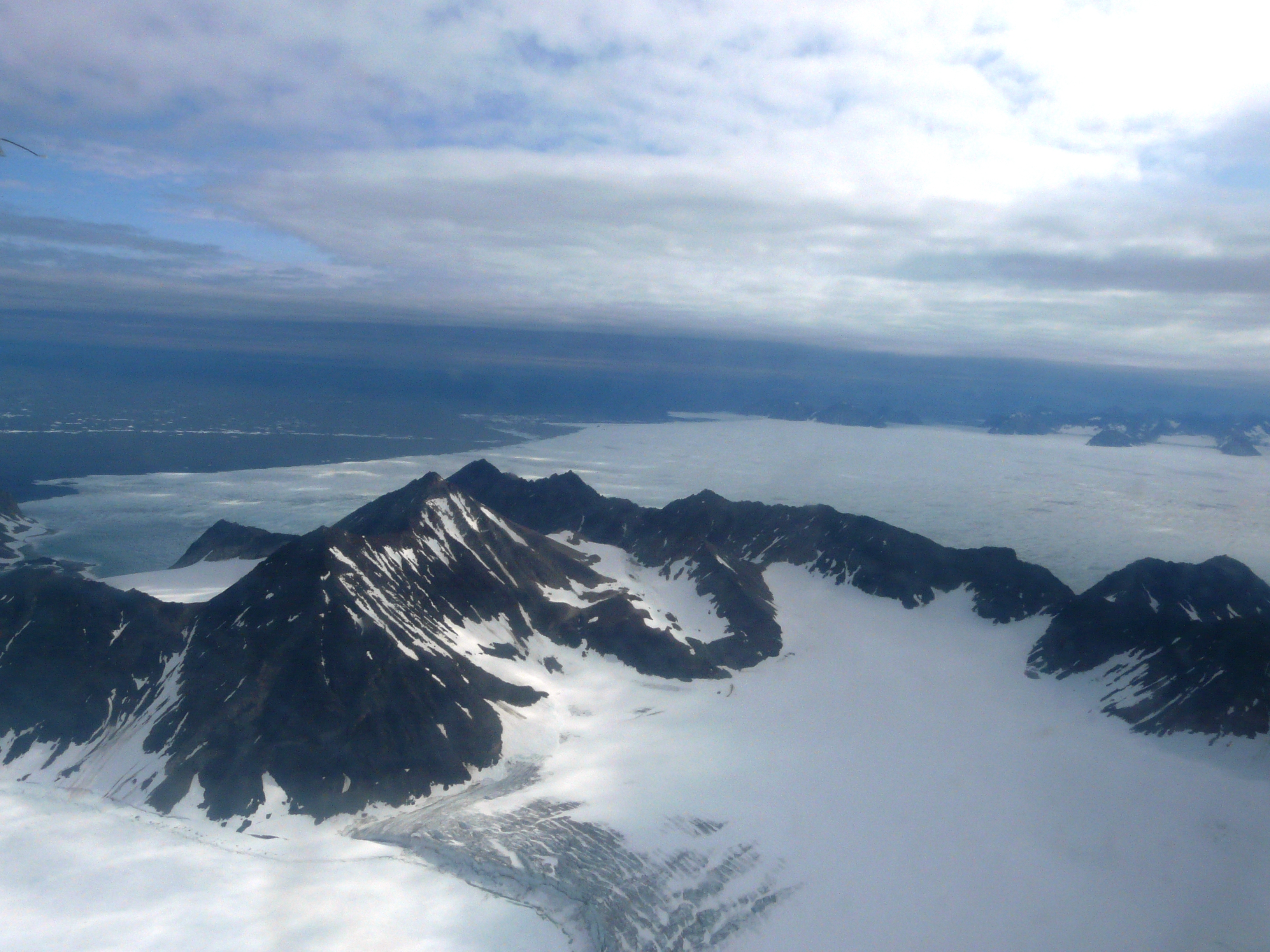
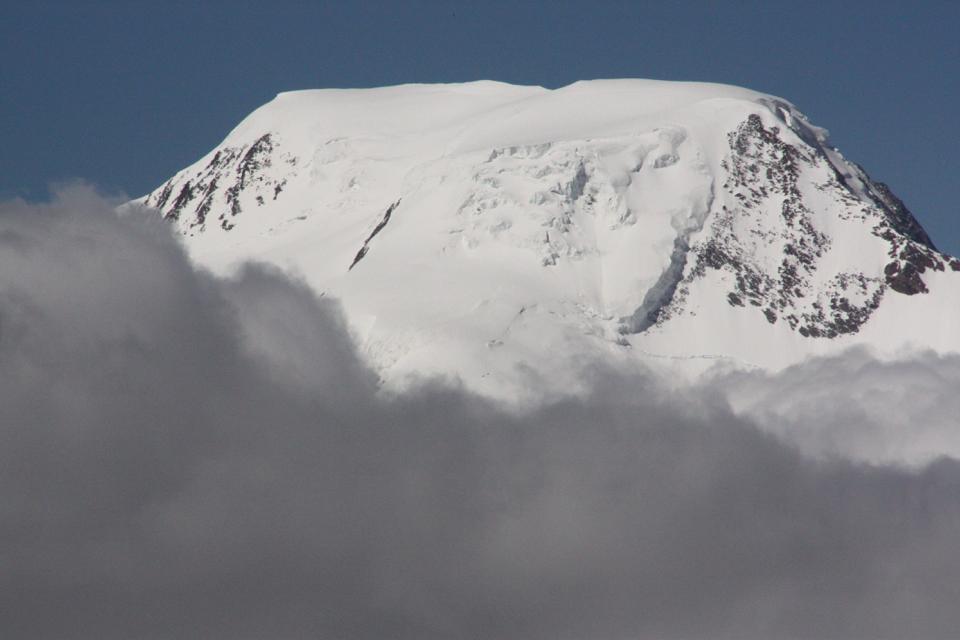
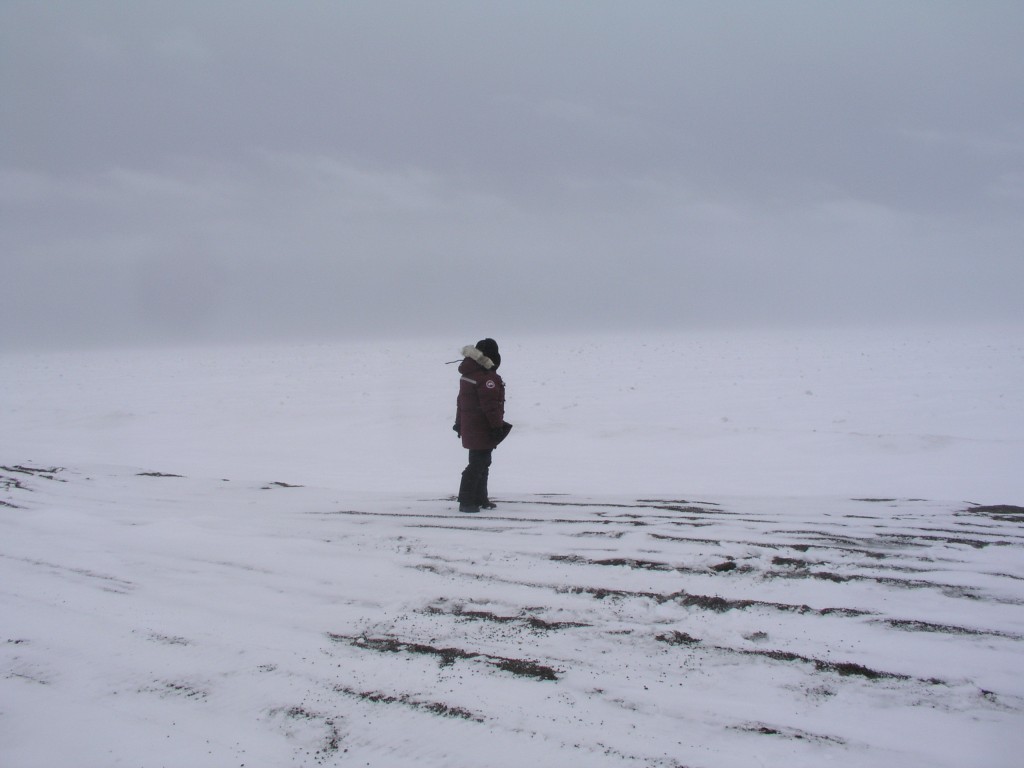
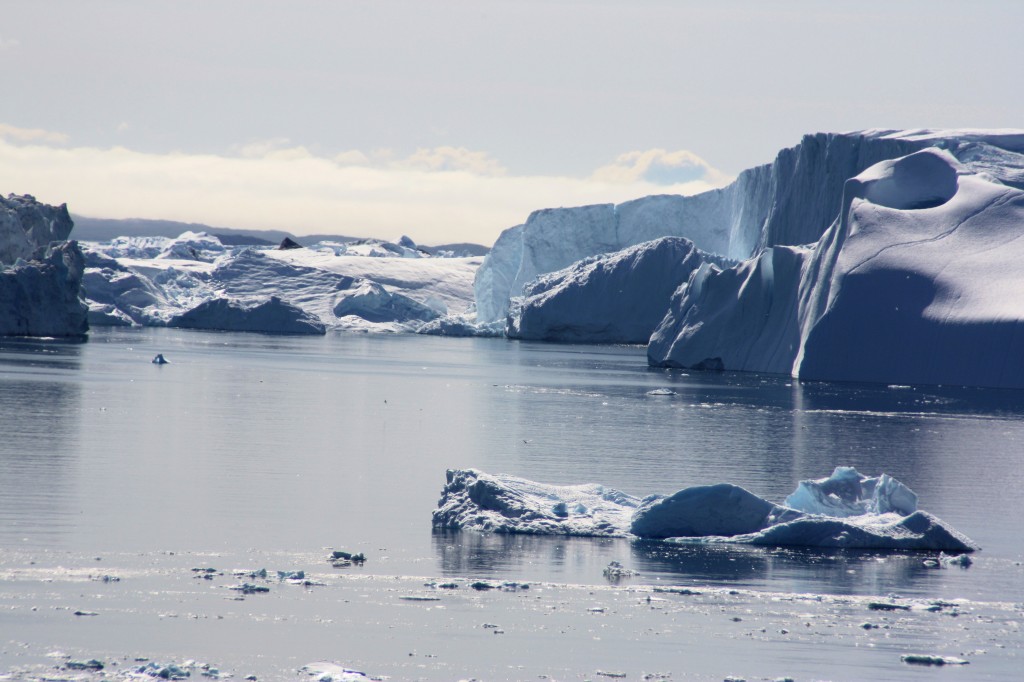
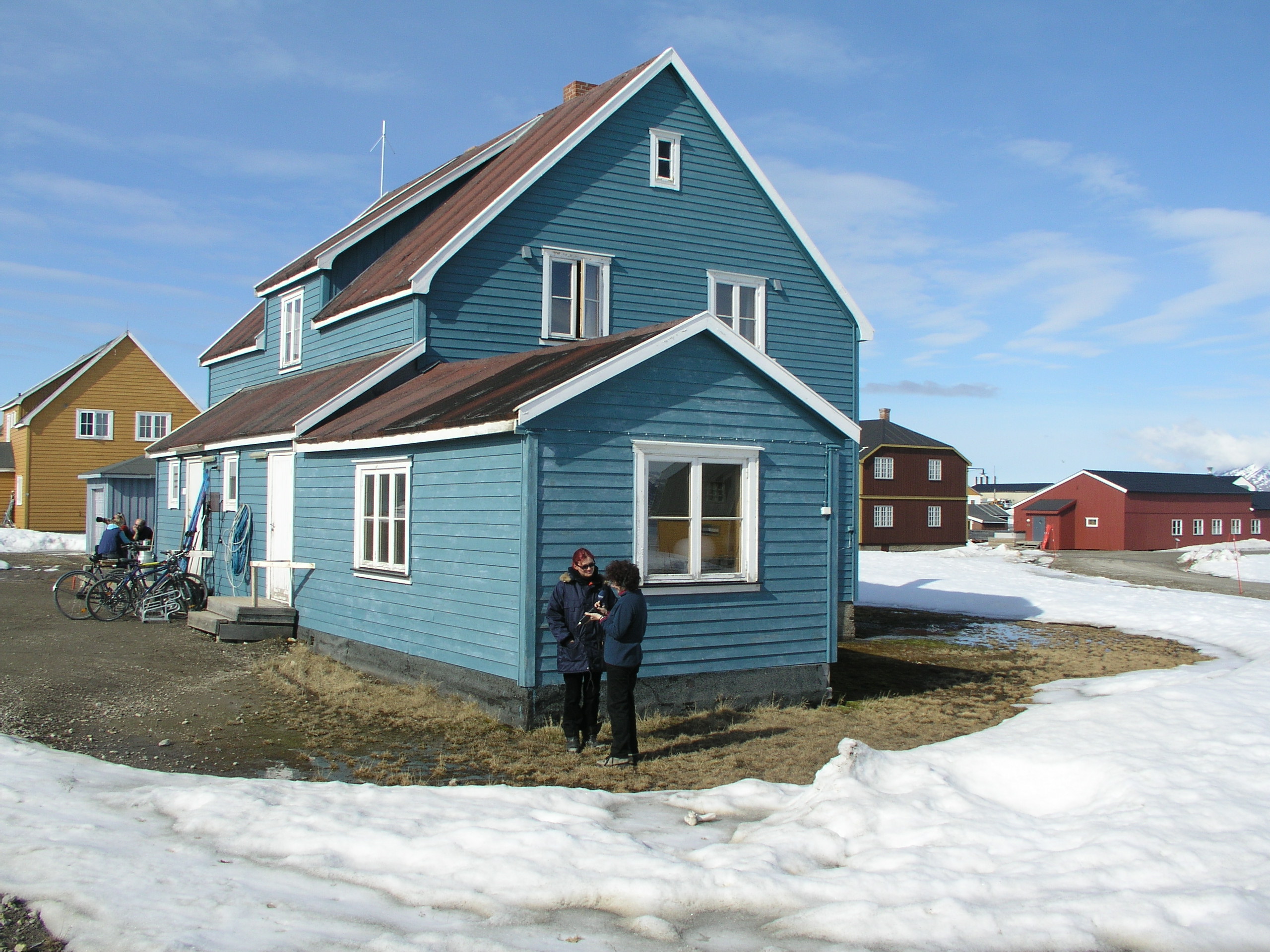
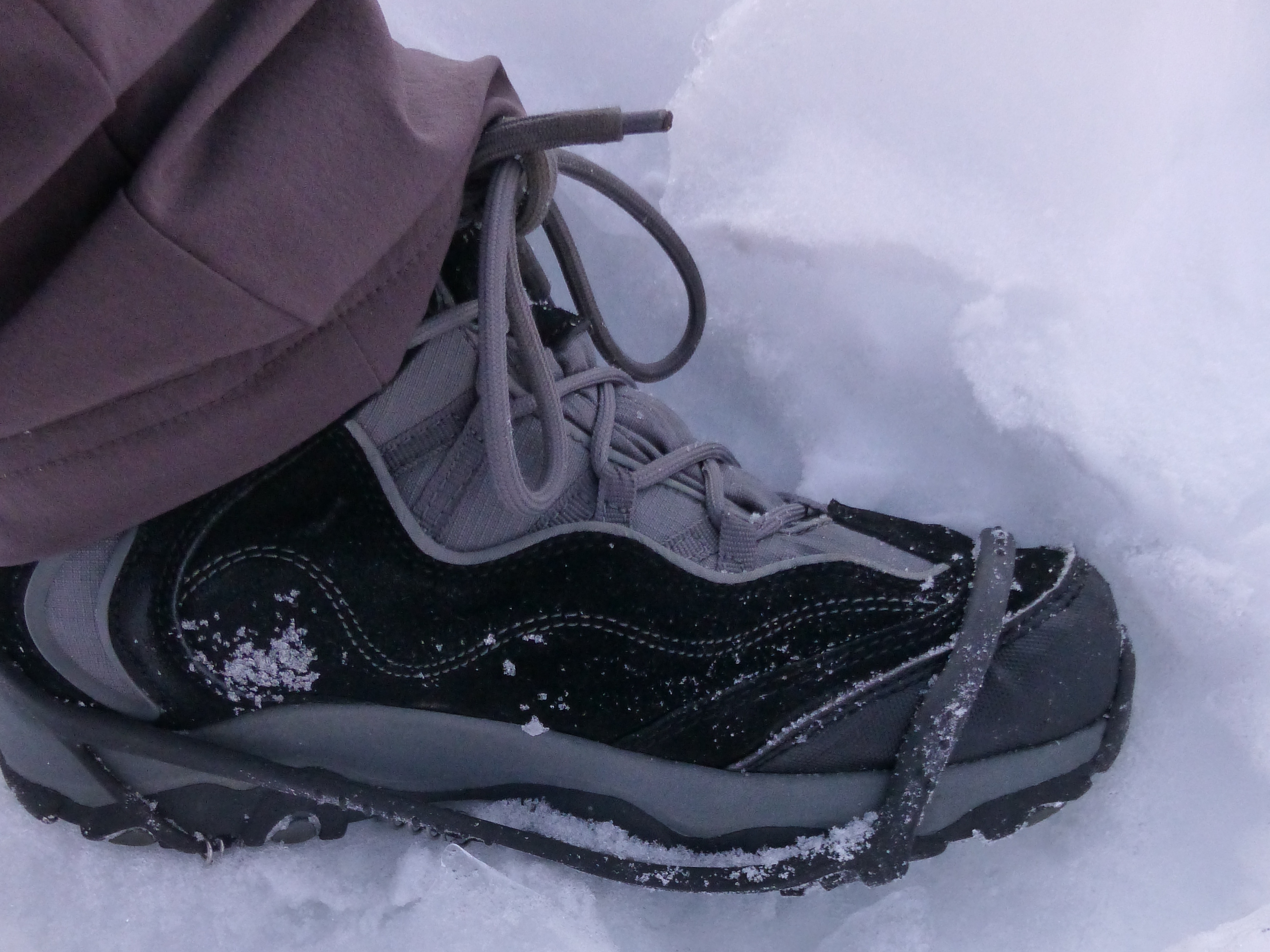
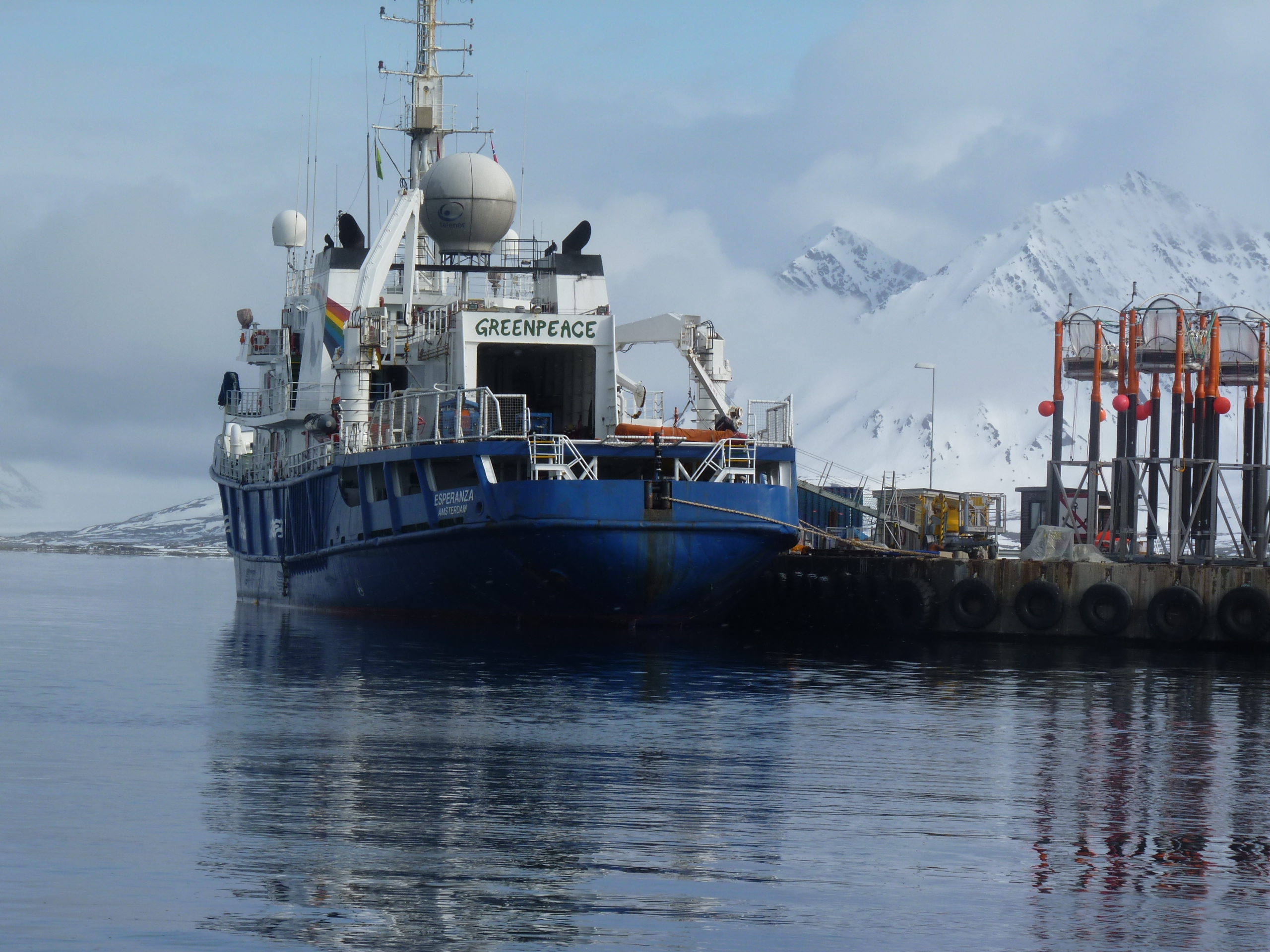
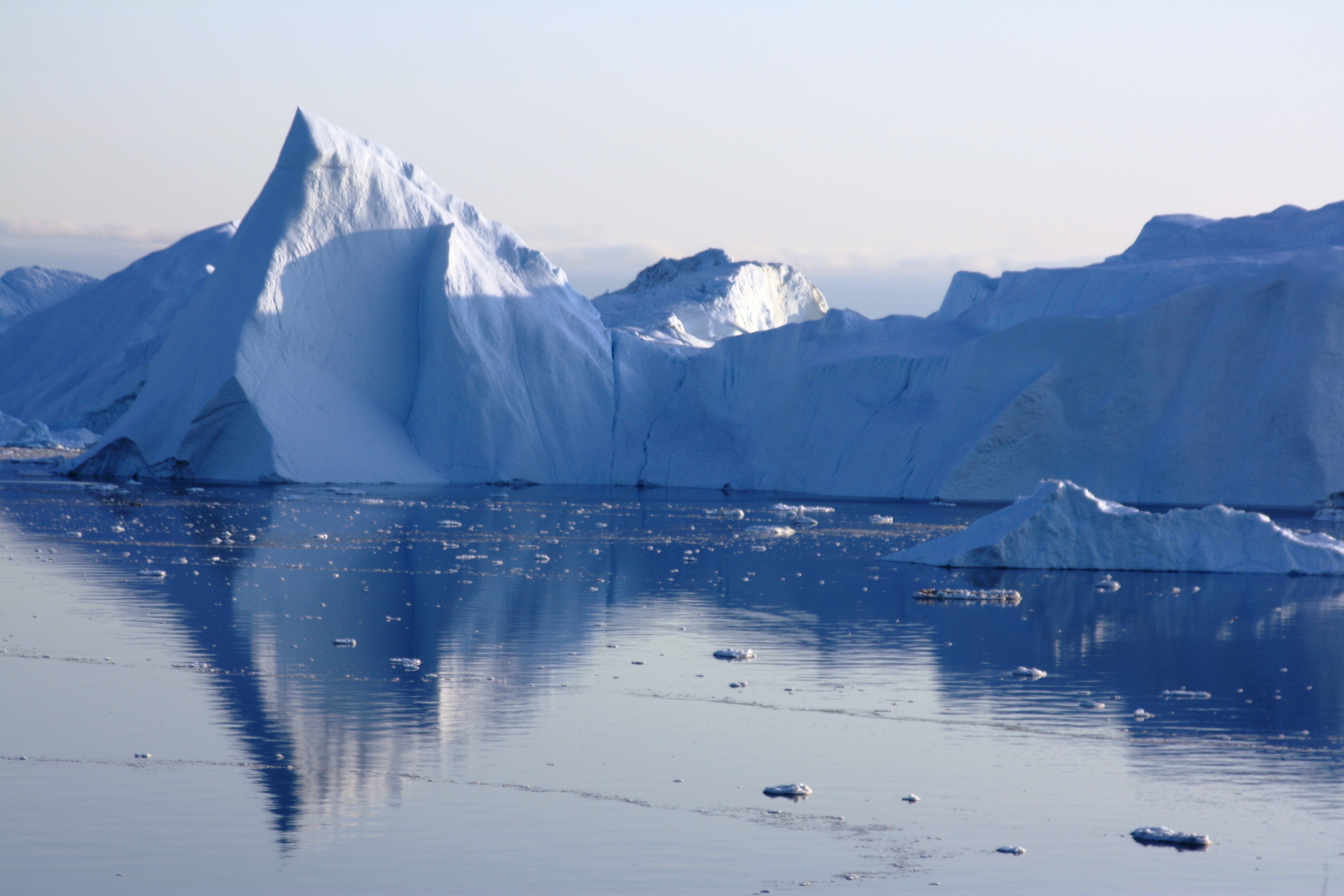
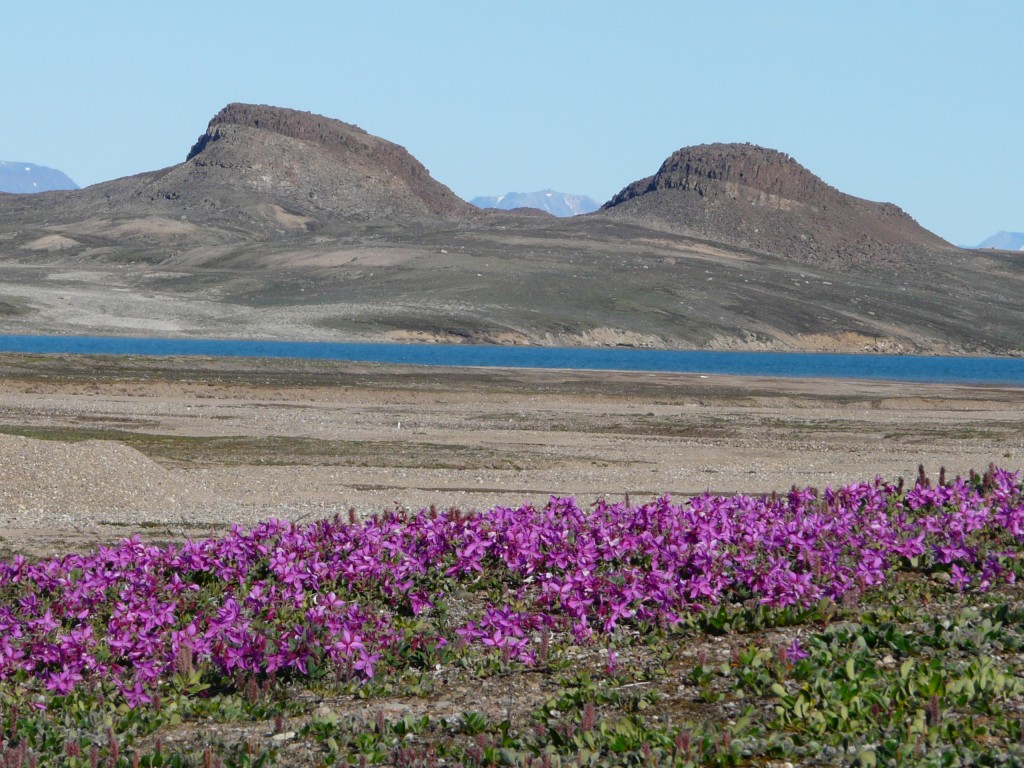
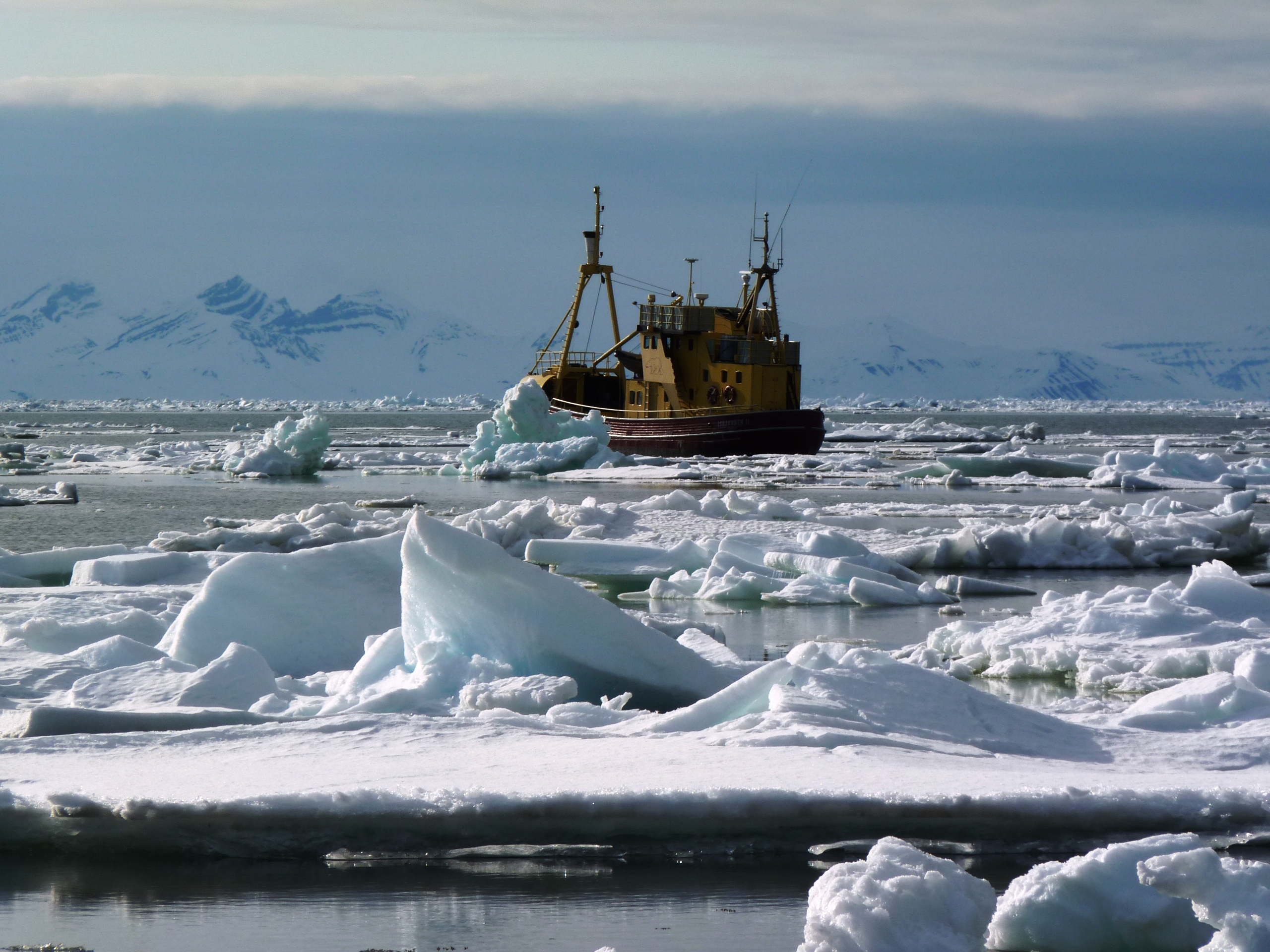
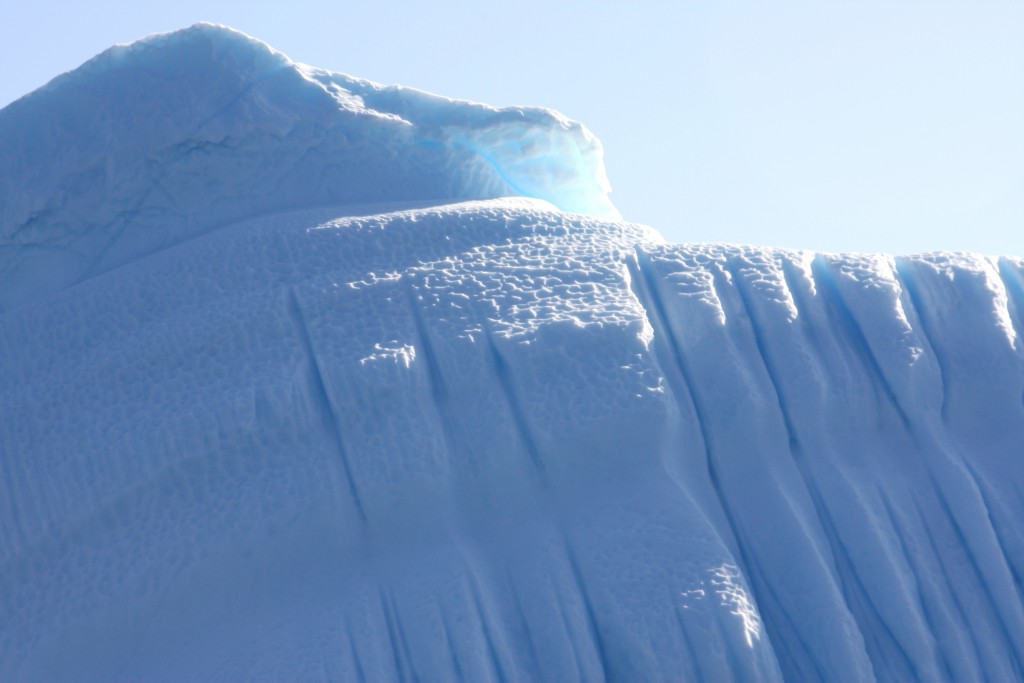

Feedback